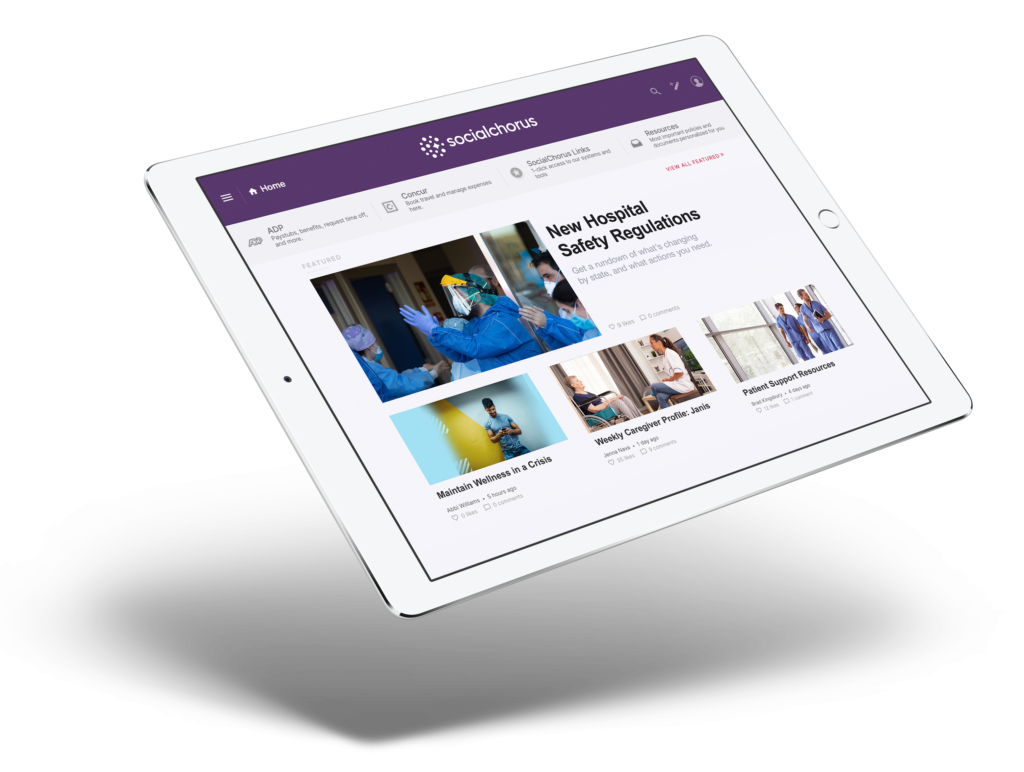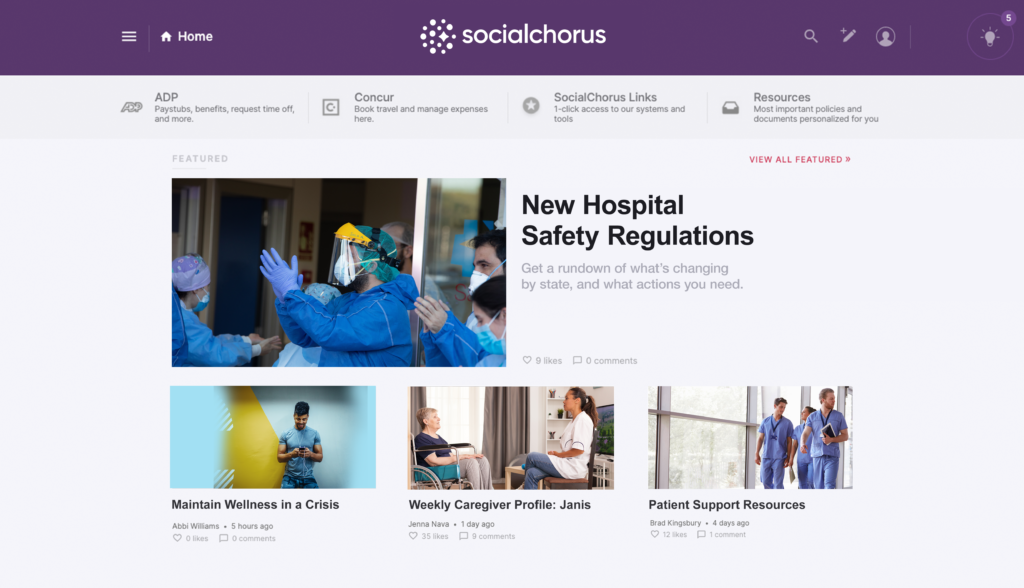If 2020 has taught us anything, it’s that healthcare workers on every level are an integral part of our society. However, it’s a high-stress profession. Dealing with sick and ailing people navigating America’s complex medical system is a challenging position to be in, and health professionals have to do it all with a smile. Mental Health America conducted a study in 2020 and found that 93% of healthcare workers experienced stress, and most were feeling emotionally exhausted. 39% of healthcare workers and an even more significant 45% of nurses said they weren’t getting sufficient emotional support. This needs to change. Healthcare staff needs all the help they can get to take some of that burden off of themselves.
How can we accomplish this goal? It is crucial to ensure that healthcare workers have the proper tools and technology, a well-trained and communicative team, and enough rest and time to recuperate between shifts.
Modern and effective tools
One of the most frustrating things about working in any job can be having to work around outdated technology. This is particularly true for nurses, doctors, and other healthcare professionals when peoples’ lives are on the line. Although budgets may not always be the highest, updating wherever possible can help workers out a lot. For example, updating the appointment scheduling software to something more easy-to-use and accurate may result in fewer delays and happier patients. Happier patients are far more patient with workers and make their jobs easier. There are many other examples of tools that offices and hospitals can implement to ease healthcare workers’ burden.
Patient logs
Being able to track patient records, medication schedules, and prescriptions on one platform can take a lot of stress off of workers trying to keep track of everything. Patient logs are most often set up in a database containing all the patients and their medical information, including medical problems, diagnoses, and treatments. Of course, terminals must be easy for workers to access, and the system must be easy to navigate. Furthermore, the information must be kept up-to-date for the system to be effective. If the database meets these requirements, an electronic patient log is much easier to maintain and access than its paper counterpart.
Wearable monitors
Wearable technology is everywhere. From exercise bands to smartwatches, people are using this technology to track their own health. However, the medical field is a part of this trend as well. For example, wearable ECG monitors can measure electrocardiograms and atrial fibrillations and send them to the wearer’s doctor remotely. Wearable blood pressure monitors allow users to track blood pressure in the context of their daily activity, such as steps taken and calories burned.
Get feedback from the team. Anywhere that technology is causing problems and delays, it will be well worth your while to consider upgrading it. These hindrances add up to an enormous headache in a healthcare worker’s day, and eliminating them can make all the difference in achieving a better working environment.
A cohesive and cooperative team
One healthcare worker cannot get the job done all by themselves. Working together is crucial to ensuring a steady flow of productivity. It is also vital that management works with the team to ensure that everyone is on the same page. Communication is the most important part of creating a positive team environment, and Firstup offers many services that help achieve this goal.
Communicate across any device
Healthcare workers are rarely sitting at a desk all day– it’s essential to communicate on the go. That’s why every employee has access to a mobile app with content personalized to their position. Workers can check their email, access resources, and access information all from their smartphones.

Utilize the intranet
Get news, apps, and services out to staff across all devices with FirstUp. Workers can access everything from one place, making it easy to stay in the know. With targeted messages, employees know what’s relevant to them, ensuring that they can do their jobs to the best of their ability and aren’t left out of the loop.

Take advantage of collaboration tools
Use popular collaboration tools such as Slack and Microsoft Teams anywhere and anytime, making it easy to connect with employees as needed. This is especially necessary with a workforce on the go. It takes a lot of the stress out of the day when employees are not constantly trying to get in touch with one another.
Make enough time for rest
Healthcare workers are essential, but they aren’t robots. They still need rest and relaxation to stay productive and sane. Ensuring that workers get enough time away from their work not only makes them happier but makes them more effective. According to NPR, more than half of all healthcare workers get less than seven hours of sleep each night. Lack of sleep can result in cognitive decline similar to having a blood-alcohol level of 0.05 to 0.10%. This is particularly dangerous in the medical profession as people’s lives are at stake.
Furthermore, they deserve time away from the high-stress environment, or it will take a toll on them. Therefore, ensuring that health professionals work reasonable shifts and get adequate amounts of rest is crucial not only for efficiency but also for making sure they have a positive employee experience.











